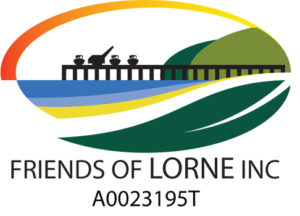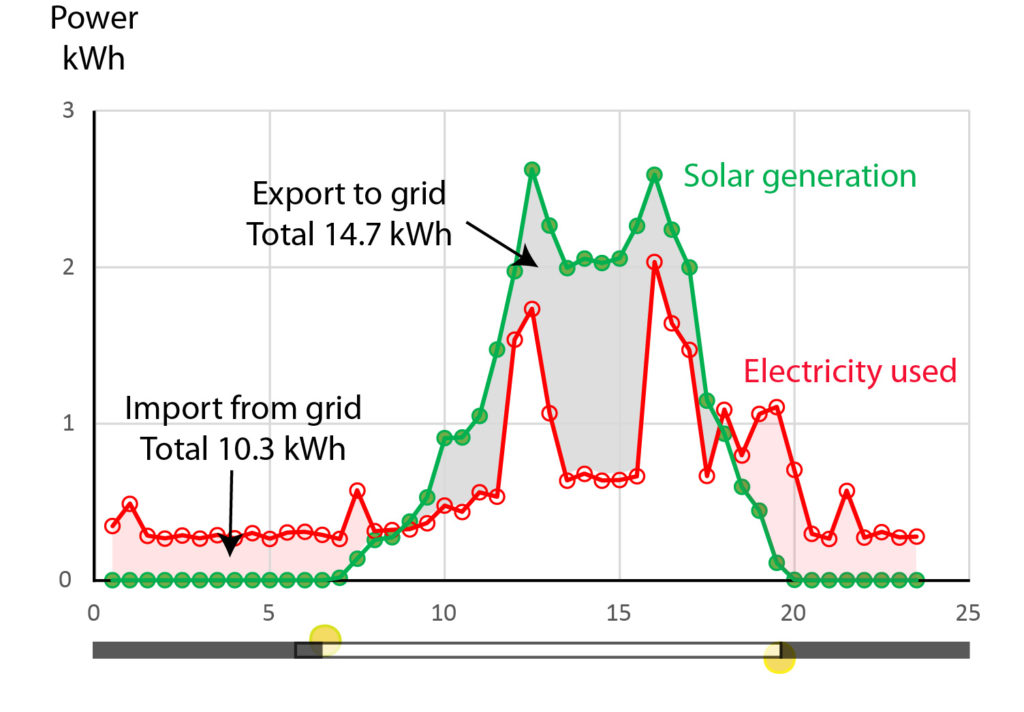Our next webinar is:
‘Surf Coast whales – and what to do if you see one’

FREE. Tuesday 8 June 2021, 7:00 to 8:00 PM
Our speaker is Mandy Watson from DELWP Warrnambool, who has been working on the whales of our region for 25 years.
For more information and to register click here
Latest on Lorne Sculpture Biennale, 30 October to 21 November 2021
This year Friends of Lorne will be co-sponsors, with Karen Pitt, of the Peoples Choice Award. We are delighted to have been offered this role by the organisers. For more information about the event, including how to become a donor or sponsor, visit their website.
Update on Point Grey (pier area)
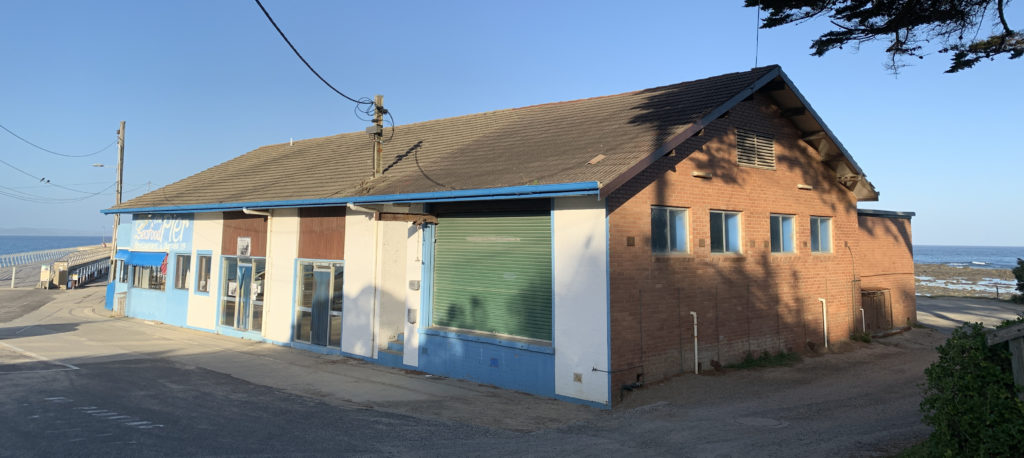
The fate of the old fishermen’s co-op building at Pt Grey is to be determined by VCAT in the next few months. The Great Ocean Road Coast and Parks Authority (GORCAPA) wants to demolish the building to make way for a large hospitality and event space. Three parties appealed the case in a four day VCAT hearing in April– two private citizens who raised multiple concerns (including heritage grounds) and the Lorne Aquatic and Angling Club (LAAC).
Friends of Lorne were objectors to GORCAPA’s plans to demolish the co-op and to extend car parking down to Shelley Beach, but we did not take it further forward to VCAT.
The LAAC acknowledges the strength of community support for the co-op, and they have announced their support for a 12 month moratorium on its demolition, on the basis that it has no bearing on the club rebuild. At VCAT they simply expressed general support for development of Pt Grey and confined their case to the traffic and boat wash issues.
Redevelopment that retains identity and respects history remains possible, if GORCAPA and the community work together. If you find it hard to visualise what a protected, but re-imagined, co-op building could look like, check out some industrial heritage adaptive reuse case examples.
We would like your help
Friends of Lorne works best when lots of people contribute in small ways. We need people who can help with publicity, communication, administration, advocacy and lobbying and citizen science (see below). Simple pleasures (?!) for some people (like excel spreadsheets) can be nightmares for others, which is why we need to share the work.
Some aspect of our work on matters to do with town planning is reported in every newsletter (e.g. Point Grey in this edition). We are also active on other fronts, including matters to do with wildlife.
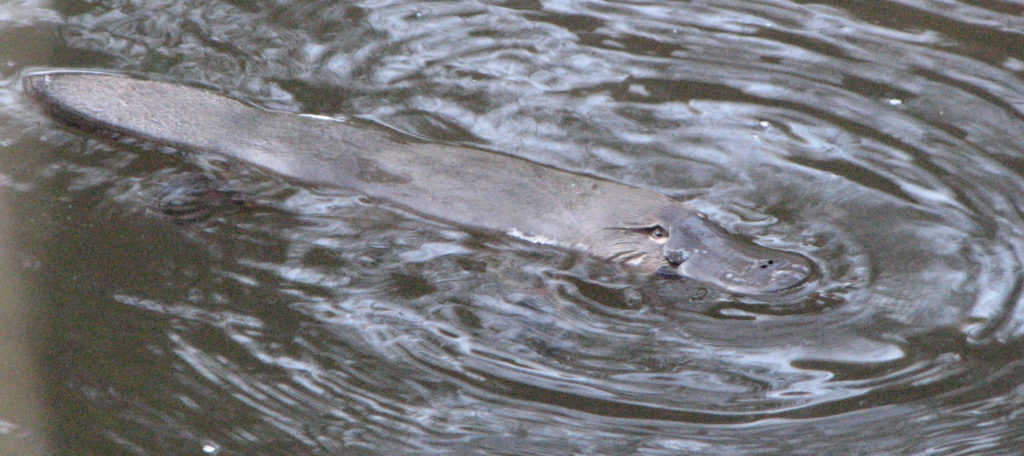
We have registered a site with the Australian Platypus Monitoring Network and recruited enough people, we hope, to support the task in hand.
We are also interested in compiling a list of the living creatures with which we share the town and surrounds. The information would be useful when thinking about planning in Lorne, and also in the wider context of biodiversity in the Otways and urban ecology. It’s hard to safeguard something if you don’t know it’s there.
We could amass information by recording sightings of wildlife on one of the information collection systems (databases) run by government and nongovernment organisations. These sightings could be of plants, animals, things that are neither plant nor animals (fungi fit here), marine or land-based, and from both the past and the present.
We are in the process of narrowing down database options. If you know about these systems we would like to hear from you.
Lastly (for the moment) we are working on a response to ‘The Independent Review of Victoria’s Wildlife Act 1975’. Individuals can also respond to the report by going to the Engage Victoria site
Let us know if you can put your hand up for anything. Big or small. Contact us at committee@friendsoflorne.org.au. You don’t have to be a member of the Friends of Lorne.
Membership
We are delighted to welcome Margaret & David Harper, Karen Pitt, Gary Allen, Stephen Hains, Jane Badler, Ian Lovell and Judi Kenneally as members.
If you are interested in joining us please follow the new members link or contact us by email at committee@friendsoflorne.org.au
Renewable energy in Lorne
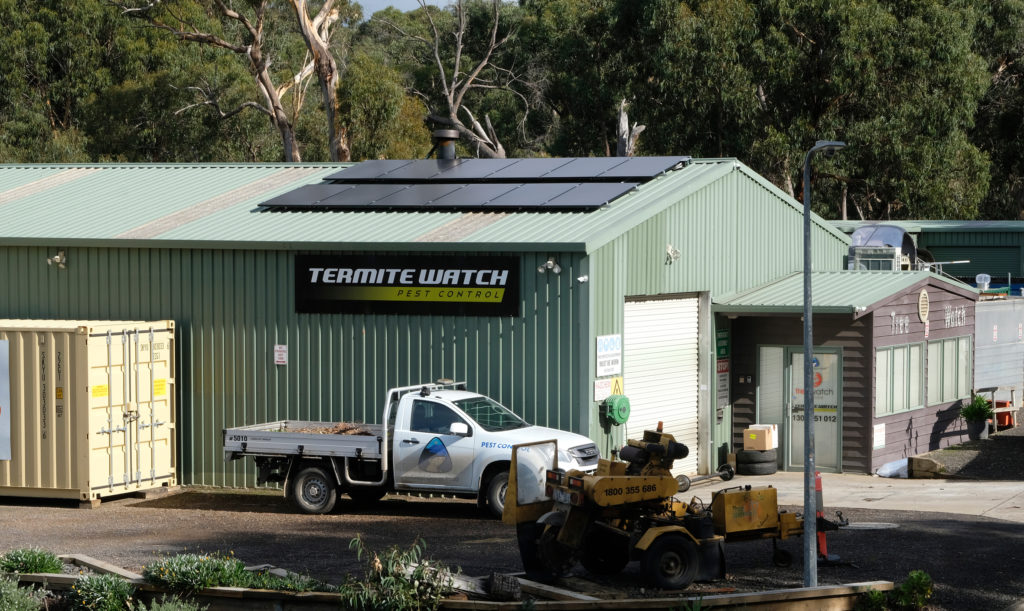
A part of the Tree Watch solar installation
About two years ago Friends of Lorne had some you-beaut ideas about renewable energy. Naively, we imagined a Lorne substantially powered by rooftop solar, a windmill offshore or out Birregurra way, battery storage and pumped hydro. How did these ideas stack up?
Read more
Pros and a few cons of solar generation in Lorne
In the zero-emissions version of Lorne dreamed up by some of us, no trees were felled and no additional concrete was poured. The solar component of our renewable energy came entirely from existing roofs. Lorne uses a lot of electricity on hot days in summer when, fortuitously, the sun shines. In the worst weeks of winter, when there is another peak of consumption, we hoped the energy generated on the roofs of unoccupied houses would make up most of the shortfall. Thanks to a community agreement and a sophisticated grid, those of us with shaded roofs would contribute financially to panels on unshaded roofs and received a benefit. Total power outages would be a thing of the past, because the system and its storage would keep the lights on in Lorne. Visitors would recharge their electric vehicles at rapid recharge points drawing on renewable energy.
Disillusionment came as we met the people who actually knew about renewable energy and practicalities – Matt Armstrong of Southern Otway Sustainable (SOS) in Apollo Bay, Lachlan McClean (then at Surf Coast Shire Council), Daniel Brooke (Mondo Energy) and Patrick Turnbull (Western District Health). The reality is that there is no working model of the sort of thing we had in mind. The grid is one of the major hurdles.
But all was not lost. We made good contacts, and heard some good news stories, one of which is the Lorne hospital’s solar system which we wrote about in a previous newsletter. More is in the pipeline now that the Victorian government has released its climate change strategy. In Lorne this means that the government precinct (school, SES and police), which is well-suited to solar generation, should be 100% powered by renewable electricity by 2025. AND as icing on the cake Steve Bayley, convinced that solar would “work well for us because we mostly use power during the day when generation is high”, installed an 8 Kw solar system on the Tree Watch site in the industrial area.
Steve’s experience will mirror that of other people with solar installations and high demand for electricity during daylight hours.
Electricity generation and use on a spring day 2020
On the day shown above, Tree Watch generated more electricity than it used. The excess was exported to the grid at $0.11 per kWh. At night electricity was imported at $0.27 per kWh. The net result, Steve says, is that “The Solar system cost Tree Watch $7000 and in the last six months the system has saved the company $700 in power bills, so the investment will hopefully pay itself off within 10 years.” Or in a much shorter time – Steve seems over pessimistic even allowing that it is winter. What’s more, Steve notes that “The electrical energy component of Tree Watch’s total energy consumption may now be close to carbon neutral.” Tree Watch is in the process of migrating some of its night-time use of electricity to the day to better match the solar generation curve and further reduce the payback period.
The Tree Watch system could be enlarged because there is spare roof space. “The financial benefits won’t be as dramatic as the first system but it will reduce our carbon footprint and potentially help the grid during the day” says Steve.
The ‘potential’ referred to goes beyond reducing the load on the grid during peak demand. Steve’s system is fitted with a smart widget called an UBI which not only tells Steve what is happening in real time, but could one day mean his panels become part of a community system called a ‘local microgrid’. Returning to our zero-emissions version of Lorne, we can imagine Steve’s electrons entering a pool that is drawn upon by Lorne users. Whenever supply exceeds demand the surplus would go to a neighbourhood battery for later use by the community. Only when the storage was full would left-over electrons depart Lorne on the main grid. This sort of system is a physical microgrid, and it’s the sort of system needed if the town is to be able to support itself during outages of the main grid.
Physical microgrids still seem a long way off, but virtual microgrids are a reality. These have some of the merits of physical ones but are accounting systems rather than physical ones. They can’t be ‘islanded’ from the main grid.
In any event, Tree Watch may soon have additional uses for electricity that will move it closer to carbon neutrality. Electrically powered heavy vehicles are on the horizon.
At Friends of Lorne we will continue to run thought experiments about locally-generated, renewable energy. We are well aware that there are downsides of solar generation too. One aspect, shading, is of particular concern for us. We have a long history of support for the natural environment including the tree canopy. Without that canopy we lose much of the diversity of creatures that we share Lorne with and which give Lorne its character. Those trees, by providing shade and evaporative cooling, also save us from becoming a heat island. We do not favour removing trees to increase electricity generation.
Natural history note from Mary Lush
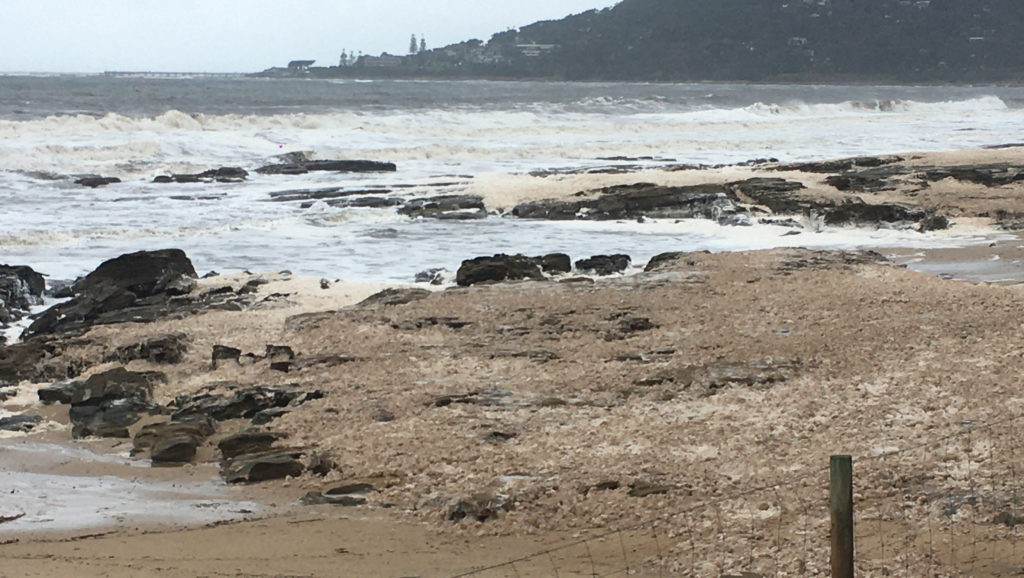
Beach and rocks covered in foam, as seen from the car park at the Cypress trees on the Great Ocean Road. Click here to see foam in motion near the St George River
A person driving in to Lorne on 4 January 2021, could have been forgiven for thinking that the sculpture exhibition had come early and Christo had again been let loose on the Australian coast. Only this time he was using pressurised cans of dirty shaving cream instead of white fabric.
The sight of all this foam caused some consternation, but if man-made pollutants played any role theirs was a minor part, because more pristine places also disappeared under foam. This was essentially a natural phenomenon.
During the previous day and night 119 mm of rain fell in Lorne. All manner of material was swept into creeks and rivers and discharged into the sea, which turned brown from Big Hill to the St George. The discharge included chemicals of the naturally occurring variety, including those made by living creatures. On the death of organisms, or parts of them such as leaves, these chemicals find their way into soil and water.
And because quite a few of the chemicals can function as detergents, if the conditions are right, foam is the result. And the conditions were right. A heavy swell was churning the water. Perfect for foam. This was the best instance I have seen.
